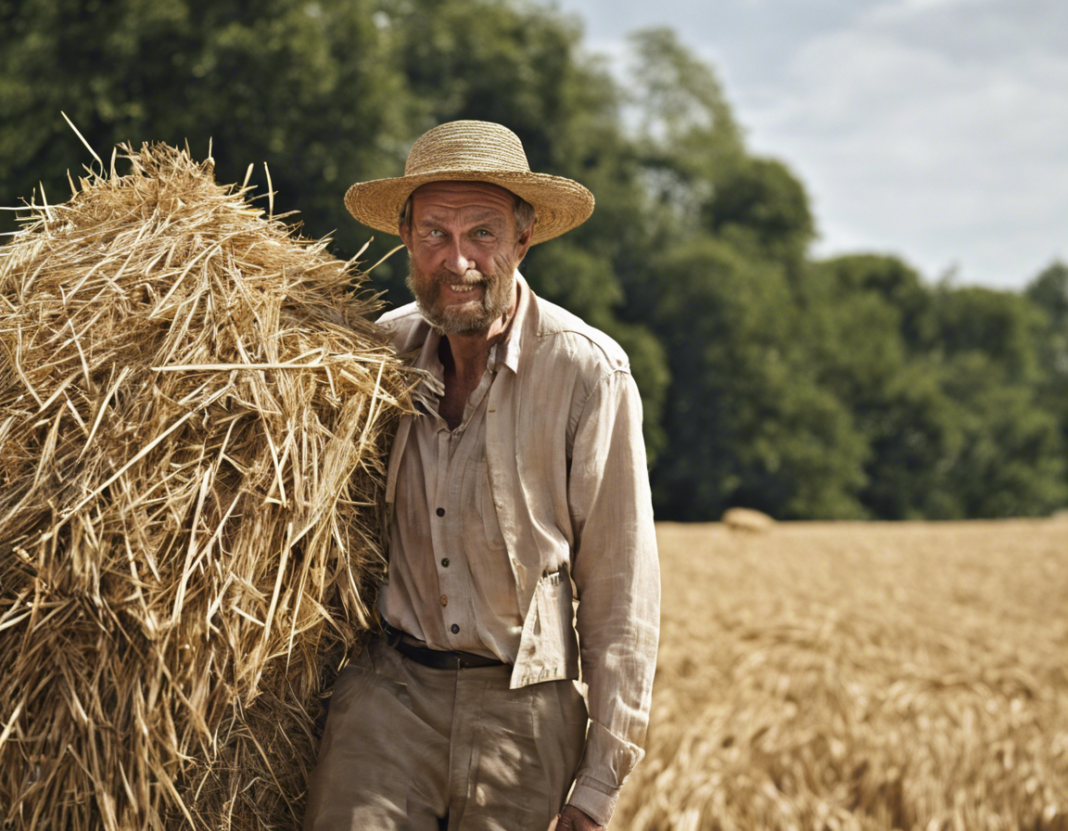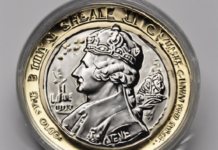Introduction:
In the world of literature and folklore, the concept of a “man of straw” has intrigued and captivated audiences for generations. This enigmatic figure is often portrayed as a scarecrow-like being, embodying various symbolic meanings and cultural significance. From ancient myths to modern storytelling, the man of straw has served as a compelling character, shrouded in mystery and symbolism. In this article, we will delve deeper into the phenomenon of the man of straw, exploring its origins, interpretations, and relevance in contemporary culture.
Origins and Historical Significance:
The concept of a man of straw can be traced back to ancient times, where it was often associated with agricultural practices and rituals. In many cultures, scarecrows were used to protect crops from birds and other pests, taking on a humanoid shape made of straw and other materials. These effigies were believed to possess magical qualities, warding off evil spirits and ensuring a bountiful harvest.
In mythology and folklore, the man of straw is often depicted as a symbol of protection and fertility. In European traditions, straw figures were commonly used in fertility rites and harvest festivals, symbolizing the cycle of life, death, and rebirth. The burning of straw effigies in rituals marked the changing of seasons and the renewal of the earth’s vitality.
Literary Interpretations:
The man of straw has also found a prominent place in literature, where it is often used as a symbolic motif to convey deeper themes and ideas. In works of fiction, the man of straw is portrayed as a metaphorical representation of weakness, instability, or deception. Characters who are likened to a man of straw are often seen as lacking in substance or moral fiber, easily swayed by external forces or motivations.
One of the most famous literary depictions of a man of straw can be found in Nathaniel Hawthorne’s short story, “Feathertop”. In this tale, a witch creates a scarecrow named Feathertop, who comes to life but ultimately proves to be a hollow and insubstantial being. Feathertop’s fate serves as a cautionary tale about the dangers of superficiality and pretense.
Symbolism and Cultural Representations:
The man of straw continues to hold symbolic significance in contemporary culture, where it is often used to represent fragility, emptiness, or falsehood. In popular media and art, the image of a straw man is frequently invoked to critique political, social, or ideological positions perceived as weak or unsubstantial.
In philosophical discourse, the “straw man argument” refers to a rhetorical technique where an opponent’s position is misrepresented or exaggerated to make it easier to attack or refute. By constructing a weak or distorted version of the opposing viewpoint, the arguer can create the illusion of having defeated a formidable opponent, thus undermining the original argument’s validity.
Cinematic Depictions:
The man of straw has made appearances in various films and television shows, where it is often used to evoke a sense of eeriness, ambiguity, or malevolence. In horror and suspense genres, straw figures are sometimes portrayed as haunting or malevolent entities, imbued with dark powers or mysterious origins.
One notable example of a cinematic man of straw can be seen in the cult classic film “The Wicker Man” (1973), where a remote pagan community on a Scottish island practices rituals involving a giant wicker effigy. The film explores themes of religion, sacrifice, and cultural clash, culminating in a shocking finale that has become iconic in the horror genre.
Modern Interpretations and Relevance:
In contemporary culture, the man of straw continues to fascinate and intrigue audiences, serving as a versatile symbol that can be interpreted in various contexts. Whether as a representation of vulnerability, artifice, or manipulation, the concept of a man of straw resonates with contemporary anxieties and uncertainties.
In a digital age where misinformation and disinformation abound, the image of a straw man has taken on new relevance as a metaphor for fake news, propaganda, and ideological distortion. The proliferation of online echo chambers and polarized debates has made it easier for individuals to construct and attack straw man arguments, perpetuating misunderstandings and preventing meaningful dialogue.
Conclusion:
The phenomenon of a man of straw is a rich and multifaceted concept that has endured through centuries of human creativity and storytelling. From its origins in ancient rituals to its modern manifestations in literature, cinema, and popular culture, the man of straw continues to intrigue and provoke thought. Whether as a symbol of protection, deception, or vulnerability, the man of straw remains a potent metaphor that resonates with timeless themes of human nature and society.
FAQs (Frequently Asked Questions):
- What does the term “man of straw” mean in a literary context?
-
In literature, a man of straw is often used as a symbolic motif to represent weakness, instability, or deception. Characters likened to a man of straw are seen as lacking substance or moral fiber.
-
How is the man of straw traditionally used in agricultural practices?
-
The man of straw, in the form of scarecrows, is used to protect crops from birds and pests. This effigy is believed to possess magical qualities to ward off evil spirits and ensure a bountiful harvest.
-
What is the significance of straw figures in fertility rites and harvest festivals?
-
In many cultures, straw figures were used in rituals to symbolize the cycle of life, death, and rebirth. Burning straw effigies marked the changing of seasons and the renewal of the earth’s vitality.
-
What is a “straw man argument” in philosophical discourse?
-
A straw man argument is a rhetorical technique where an opponent’s position is misrepresented to make it easier to attack or refute. By constructing a weak or distorted version of the opponent’s viewpoint, the arguer can undermine its validity.
-
How has the man of straw been depicted in cinematic works?
-
In films and television shows, the man of straw is often portrayed as a haunting or malevolent entity, evoking themes of eeriness, ambiguity, or malevolence. Examples include the cult classic film “The Wicker Man.”
-
What contemporary relevance does the concept of a man of straw hold in today’s society?
- In the digital age of misinformation, the man of straw serves as a metaphor for fake news, propaganda, and ideological distortion. It resonates with contemporary anxieties about manipulation and deceit in public discourse.






